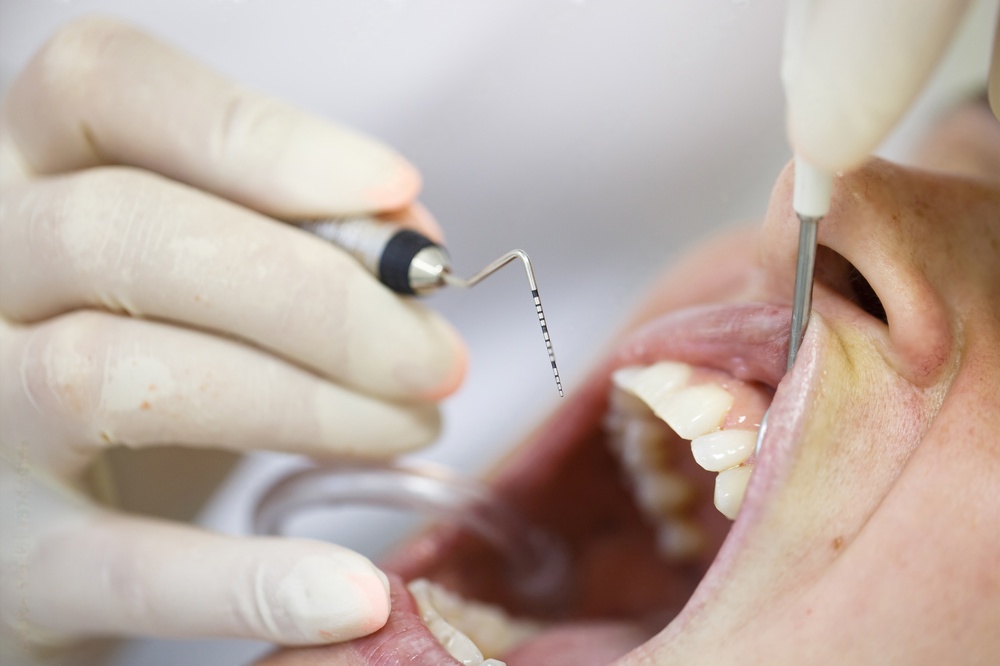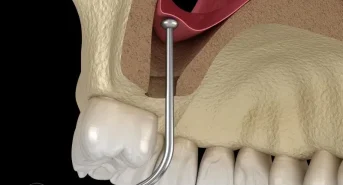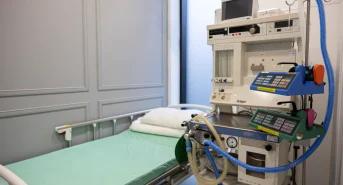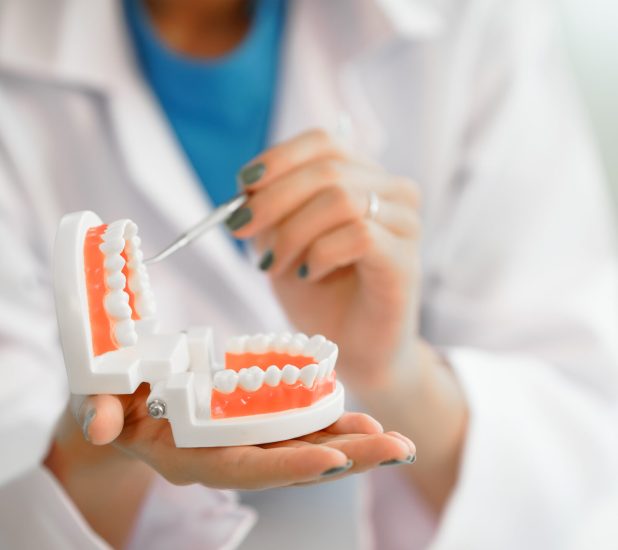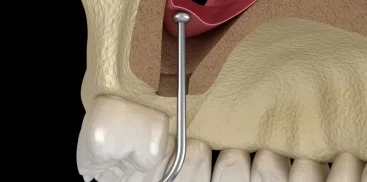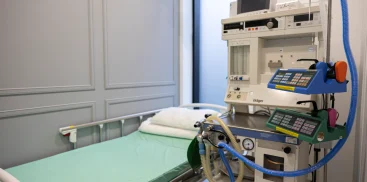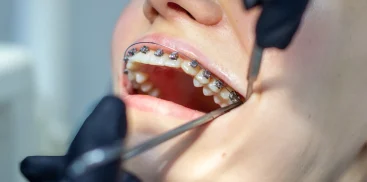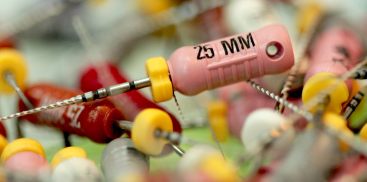Did you know that periodontal disease is the second most common cause of tooth loss among adults, after dental caries? Yes exactly. Interestingly, people all over the world struggle with them, both in developed and developing countries. Research conducted around the world indicates that up to 50% of the population suffers from periodontal disease (1). So if you notice something disturbing around your gums or feel pain, the best solution is to visit a dentist and ask a periodontist for advice.
Unraveling the World of Gums: A Journey into Periodontology and the Role of a Periodontologist! 🦷
This is a field of medicine that deals with periodontitis – a multifactorial disease that leads to damage to the tissues around the teeth. The interesting thing is that the bacterial biofilm responsible for this is necessary for the development of the disease, but is not sufficient in itself to cause it. A periodontist is a dentist who treats periodontal diseases, once called periodontitis.
The animation below shows the stages of development of periodontal disease.
What are the factors for the development of periodontal disease?
Recent scientific research draws attention to the genetic aspect of periodontal diseases (2). It turns out that if our family, for example parents or other close relatives, had these diseases and led to tooth loss at a young age, there is a high risk that we may also be exposed to these problems. This applies to us even if we maintain perfect oral hygiene. Genes have a significant influence, which is an important discovery in periodontology.
Bacteria and the biofilm formed from them are a key element in the development of periodontal diseases. This biofilm attaches to teeth, bones and gums, causing inflammation to which our immune system responds. In response to this reaction, bone loss may occur, resulting in tooth mobility and unpleasant breath odor. It is important to remember about daily oral hygiene to prevent these problems. It is worth remembering that the development of periodontal diseases may be influenced by additional factors, such as smoking, diabetes or osteoporosis(3). The impact of alcohol consumption and a stressful lifestyle cannot be underestimated. However, none of these factors alone is sufficient to cause periodontal disease. For it to develop, it is necessary to combine at least two of the above-mentioned risk factors. That is why awareness and attention to a healthy lifestyle are so important to reduce the risk of these problems.
What impact does periodontal disease have on the entire body?
Although many people view the mouth as an isolated ecosystem of the body, it is actually an integral part of the entire immune system. When a patient suffers from periodontal disease, bacterial imbalances in the mouth can affect the rest of the body. Harmful bacteria can easily spread to other areas of the body through the bloodstream. The body triggers an inflammatory response as part of the immune response, but this often makes us more susceptible to other diseases. Additionally, because the oral cavity is regularly exposed to bacteria from the environment, it is especially susceptible to infections. Therefore, patients must take special care of their oral hygiene to prevent gum disease.
How does periodontal disease affect the body?
Gum and bone disease is often associated with general health problems such as:
– Cardiovascular diseases
– Heart disease
– Stroke
– Diabetes
– Pregnancy complications
– Osteoporosis
– Kidney diseases
– Rheumatoid arthritis
– Cancer
Although gum disease does not always lead to these other conditions, it is important to be aware of the link and take care of your oral health.
What symptoms should refer us to a periodontist?
-red, bleeding gums
– gum pain
– Bad breath (halitosis)
– Movable teeth
– Changes in the alignment of teeth
– Teeth lengthening

Phases of periodontal disease
Healthy gums feel firm to the touch and do not bleed or swell. However, periodontal disease can cause them to become red, swollen and bleeding. If left untreated, it can lead to the destruction of the jawbone, which may result in tooth loss. Damage to the tissues around the teeth occurs gradually. In fact, many people do not feel pain in the early stages of the disease. That’s why it’s important to know the warning signs.
Gum disease goes through four stages:
1. Gingivitis. This is the earliest stage of periodontal disease. It starts with red, swollen gums that may bleed when brushing or flossing. There is no bone loss at this stage. As a result, gingivitis is completely reversible with appropriate treatment.
2. Mild periodontitis. Bacteria have penetrated under the gums, affecting the supporting bone. The gums may come away from the teeth, creating pockets around them. Plaque and bacteria like to hide in those pockets where toothbrush and floss cannot reach.
3. Moderate periodontitis. If the disease is left untreated, the bacteria begin to destroy the ligaments, soft tissues and bone that hold the teeth in place. You may notice bad breath and pus (infection) around the gum line. Some people feel pain at this stage.
4. Advanced periodontitis. As periodontal disease worsens, bone loss continues. This may cause the teeth to become loose and eventually fall out. If the disease is treated early enough, it is reversible. But if you have already lost bone around your teeth due to infection, the disease is too advanced to reverse. However, it can be controlled with appropriate treatment and consistent, careful oral hygiene.

What does periodontal disease diagnosis look like in the office?
During a routine examination, your dentist can tell if you have gum disease. He or she will check for plaque buildup on your teeth and ask about your symptoms. He or she may refer you to a periodontist (gum specialist) for further evaluation and
treatment. The dentist or periodontist will measure the depth of the pockets around your teeth using an instrument called a periodontal probe. This will allow them to assess how much bone you have lost around your teeth. The deeper the pockets, the more advanced the gum disease. The periodontist will also check how your bite is aligned, how loose your teeth are, and how far your gums protrude from your teeth (receive). Additionally, oral X-rays will be taken. These images show in detail the areas of bone loss. They can also compare current photos with earlier ones to see how the bone has changed over time.
Can periodontal disease be treated?
Although gum disease cannot be completely cured, it can be effectively controlled with proper treatment. There is no complete cure because once the tooth support, i.e. bone, is lost, it is usually not fully recovered. However, periodontal treatment can reduce the infection and to some extent
rebuild bone and tissues. Another factor is genetics. There are many different types of oral bacteria. Some people are simply more prone to having those that cause gum disease. One stage of gum disease that is completely reversible is gingivitis, which is a very early stage of periodontal disease. If you detect gingivitis early enough, you can reverse it with regular dental cleanings and careful oral hygiene.
Treatment of this disease can be divided into stages
1. Hygienization phase, in which the most important role is played by the hygienist, who will professionally remove tartar and plaque from our teeth and teach us how to take care of our teeth at home to maintain the scaling and sanding effect. It is also important to eliminate factors contributing to the build-up of scale, such as overhanging fillings, caries, and leaking crowns.
2. The non-surgical phase of treatment is performed by a periodontist and involves deep cleaning of the pockets (formerly known as curettage) under local anesthesia. This treatment significantly reduces inflammation of the gums and shrinks the pockets, making them no longer a place for bacteria to grow.
3 The surgical phase is possible only in some cases and takes place 3 months after the non-surgical phase. It involves the regeneration of bone in places where it is missing, correction of dental abnormalities and prosthetic and implant rehabilitation. Maintaining perfect oral hygiene is essential for the success of this treatment.
4. Maintenance phase, remember that periodontal disease is a lifelong disease, which is why regular check-ups with a hygienist and periodontist, as well as scaling and curettages are so important. This stage aims to eliminate and control factors contributing to the development of gum and periodontal disease. During each visit, an examination and assessment of the progression of the disease, a non-surgical procedure, treatment of actively inflammatory pockets and polishing of the tooth surface are performed. This will remove bacteria and prevent the recurrence of the disease.
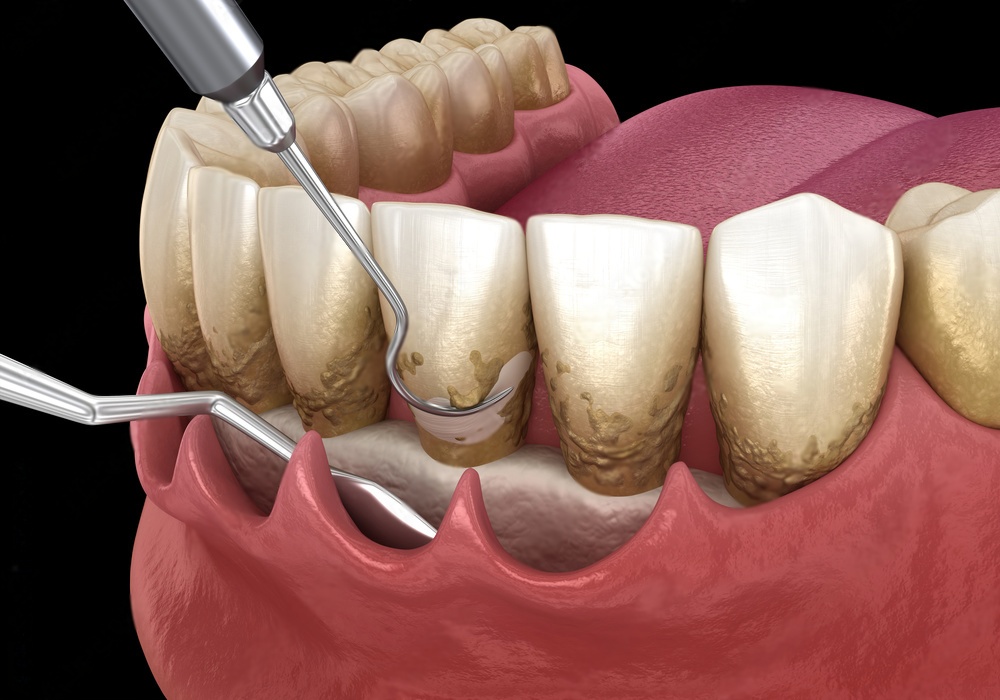
What to do if periodontal disease is very advanced?
In the most advanced cases, teeth may need to be removed to eliminate the source of the disease. Once periodontal disease is under control, the place of the lost tooth can be replaced with a bridge, implant or denture, which allows the full functionality and aesthetics of the teeth to be restored.
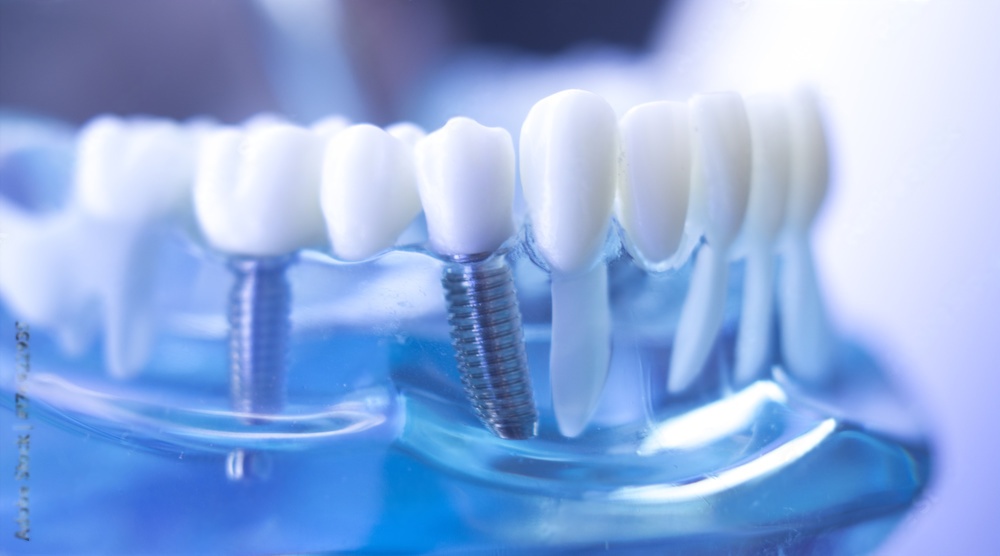
Meet Our Tooth Wizards! 🪄✨ – The Star Team of Dentists, Periodontologists and Gum Guardians at Warsaw Dental Center
To prevent disease-causing and inflammation-causing bacteria from damaging your overall health, Warsaw Dental Center doctors offer comprehensive treatment plans and services to combat gum disease before it begins. By maintaining routine oral hygiene habits and visiting the dentist regularly, you can create an environment in your mouth that makes it more difficult for bacteria to grow.
During regular examinations, we will look for any signs of periodontal disease. If we find any potential causes for concern, we may recommend changes to your oral hygiene routine or design a treatment tailored to your individual needs. The sooner we identify early symptoms, the greater the chances of eliminating the disease before it enters the bloodstream and spreads.
Research references and further reading:
1. Prevalence of periodontal disease, its association with systemic diseases and prevention, Int J Health Sci (Qassim). 2017 Apr-Jun; 11(2): 72–80.
2. The role of inflammation and genetics in periodontal disease. Periodontol 2000. 2020 Jun; 83(1): 26–39.
3. Risk factors for periodontal disease. Robert J Genco, Wenche S Borgnakke Periodontol 2000
4.Treatment of stage I–III periodontitis—The EFP S3 level clinical practice guideline, J Clin Periodontol. 2020 Jul; 47(Suppl 22): 4–60.https://warsawdentalcenter.pl/wp-content/uploads/2024/01/WhatsApp-Video-2024-01-29-at-16.05.18_5a1882dc.mp4?_=1
